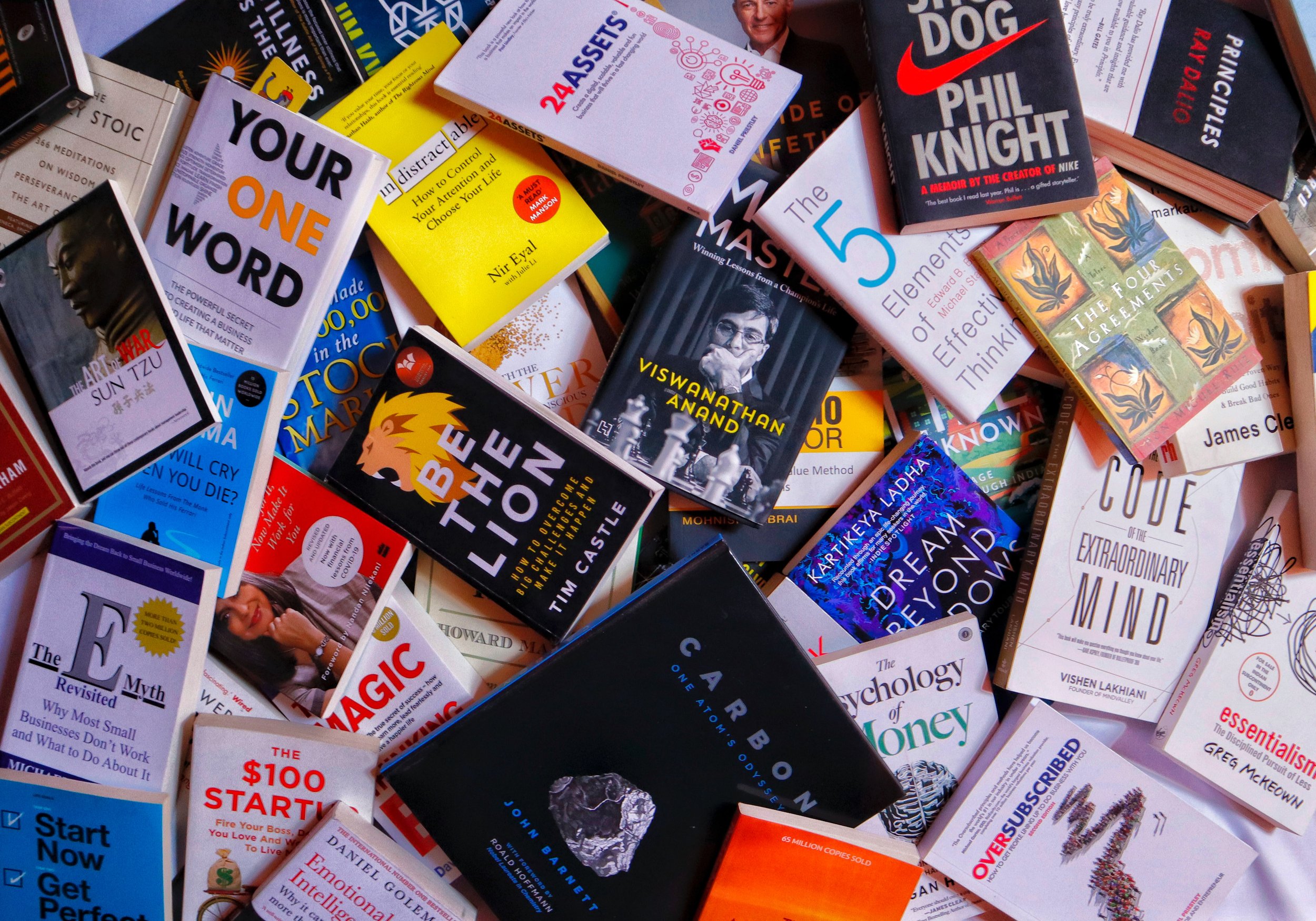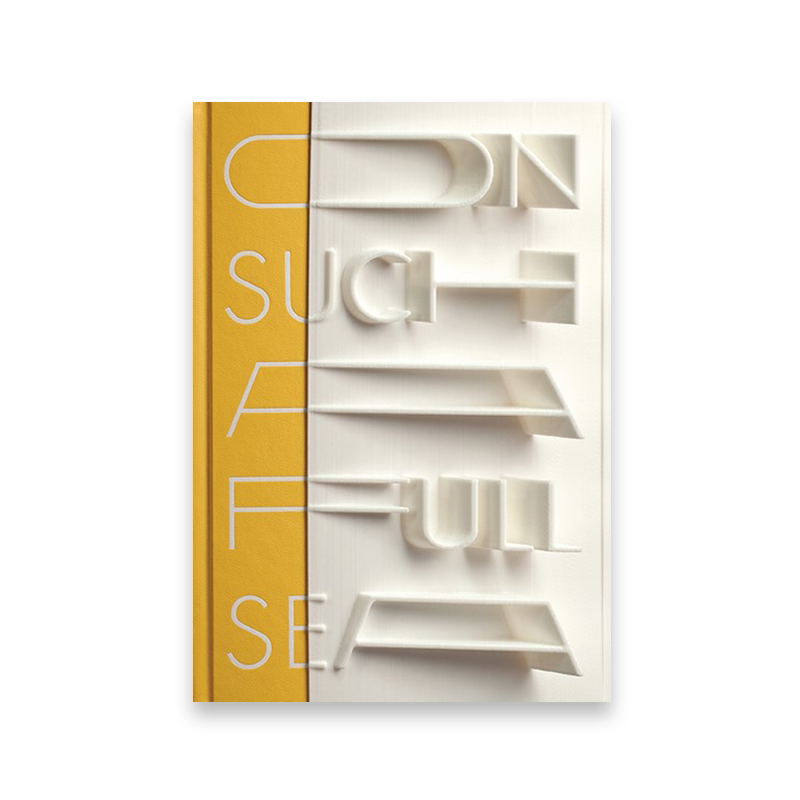12 Popular Book Cover Styles To Inspire Your Next Masterpiece
Books are like people; each one is unique and has its own personality. Just as we judge people by their appearance, so we do judge books by their covers. A book's cover is its first impression, and it's important to ensure it's a good one.
There are many different book cover styles, and it can be hard to know which is right for your book. To help you make the best decision, we've put together a list of popular book cover styles. So take a look and see which one inspires you to create your next masterpiece!
What are book cover design styles?
A book cover design style is a creative way of translating books’ plot into a visual representation. In a ways, it’s a sneak peek into the book.
A great way to sell your books is to use elegant book cover designs, but how do you pick the right one? The best way to create your book cover design is to ensure that the design or style corresponds with your book topic or genre and resonates with your potential readers. So how do you do this? By focusing on the color, typography, imagery, and palette.
There are many popular styles that an author can choose from. In this article, we’ll go through some of the most popular book cover styles you can choose for your book.
Popular Book Cover Design Styles
Different colors have different effects on emotion. If you write a book, the book cover design colors will oftentimes be inspired by the book's subject matter. Knowing the different psychology and meaning of each color can help you choose the right book cover design.
Minimalistic book covers
In recent years, more designers now opt for a quiet, minimalistic cover design style rather than the hectic, busy ones. This style of a book cover is not the regular cover filled with patterns and letters; instead, this style focuses on a central element that resonates with the book's purpose and will catch everyone’s understanding immediately.
The idea behind this book cover style is to create room for your graphics and title to express themselves and sell the message of your book. More people are beginning to adopt this style of book cover design because it makes the book covers more eye-catching without giving off such information.
Typographic book covers
Typography is a form of art. When done right, it can produce a stunning book cover design that can move a reader to reach out for your book. This type of book cover features three elements that are accuracy, intrigue, and clarity.
Because typography is already an integral part of the design, the designer doesn’t need to draw their letterforms, they will rather work with already existing typefaces. So pairing carefully selected fonts with your creativity can convey all the three elements a typographic design contains and produce a stunning book cover.
Collage book covers
Making a collage requires combining different art elements, including paper cutouts, photos, fabric, and more, to form a unique and compact image. This principle can also be applied to designing a book cover, but it will depend on the type of book.
To create a book cover with a collage design style, a designer has to be resourceful and knowledgeable. They need to mix and match different ideas that symbolize what the book is about without giving off much information about the storyline or the main characters.
Note that while making collage design covers, you can combine different book cover styles to convey your message. It provides an open-minded space that pushes designers to explore their depth of creativity to design an original and unique image.
Negative space book covers
A negative space is considered a breathing room for all design elements on a book cover. The idea behind this concept is to use the negative space to illustrate your idea or concept. A designer is supposed to use this style wisely because in displaying the background image or texture creatively, negative spaces will ensure that the background texture or image does not obtrude the text.
The best place to input author names or book titles is in the white spaces between the letters, as they can create a panoramic effect. White space with a single key image and a plain background always works best for non-fiction covers.
Abstract book covers
When using abstract designs for your book cover styles, think Picasso-esque, as that’s a sure way to grab your reader's attention and sell your story very fast. The use of abstract art in book covers blends modern and artistic elements. The design components featured in your design can be a mixture of the 30s art deco to 2000s pop art.
The result is not necessarily modern but harkens back to a more modern era. You can try several abstract combinations from different eras to see your results. Find something that relates to your story and work with it.
Retro book covers
The Retro style book cover design combines the golden era of the 60s, 70s, and 80s style of design. This design is supposed to create a nostalgic feeling in the readers' minds. You will find many designers exploring this design style because it passes a message about an era only a few have lived and many are imagining.
This design style is made up of fonts from those eras along with vibrant and bold colors. It also contains elements that speak to an identifiable bygone era. These are all the things that bring that nostalgic response.
Futuristic book covers
Unimaginable images and ideas are brought to life using the futuristic style of designing book covers. This type of book cover is befitting for Sci-Fi books because the design will have a mysterious and dark background that matches the story and catches the reader's curiosity.
This type of design will feature elements of science and things made possible by science. It will arouse the reader's curiosity and allow them to imagine the contents when they read the description.
Real photography book covers
The use of an image is also every day in the design of a book cover. This idea is mainly used for books within the suspense, romance, biographies, and thriller genres. When using a sharp image for this design, the illustration might lose its effect if the style of the image is wrong. You have to take note of this.
There are many ways to use photos in this type of design style that can grab attention. You don't have to use boring stock photos for your cover art. Real images will build a personal relationship with the readers and evoke their feeling excellently.
3D book covers
A 3D book cover design features a digital image of a book cover look in 3D. This book cover design is done using software to design the 3D image of the book cover. You can create this cover using the traditional 3D methods where you work on the design by layers or you can download a book cover mockup template and work with that to design your cover.
However, note that using a generic mockup can make the images mismatched, and the design might look unoriginal. You can also use software that designs the template from scratch if you have the time and patience.
Hand-drawn book covers
The hand-drawn book cover design has this indie, approachable appeal. Here you get to try your unique writings as the design depending on the genre of the book. This design offers the warmth, individuality, and personality that photography doesn’t offer.
One unique thing about handwriting is its dissimilarities between individuals and species. So, when applied to design, specific writing from an individual might look nostalgic on a particular type of book while it creates another effect on another book. Therefore, this design should be used smartly if chosen as your preferred book cover.
Pattern book covers
Pattern style book cover design can be used in different genres of books. The layers offer an excellent artistic effect that grabs the reader's mind. This type of design is created using software to pattern images, words, and letters on a single image.
The pattern can also be created using the traditional method of branding books, where you can choose a specific font, composition, illustration style, or background color or pattern. You can use this style if your books are going to be in a series.
Geometric book covers
A geometric design style is similar to the arrangement in the early days of bookmaking, giving this vintage classical vibe. The idea behind this style is to create the elegance and glamour of a particular period or person’s work. Therefore, this style should be primarily used for esteem-worthy books or to place them in a specific historical period, evoking a sense of grandeur.
There are a few book cover styles that are popular right now. But just because a style is popular doesn't mean it's the right one for your book. You want to pick a style that complements the book's genre, feeling, and style.













